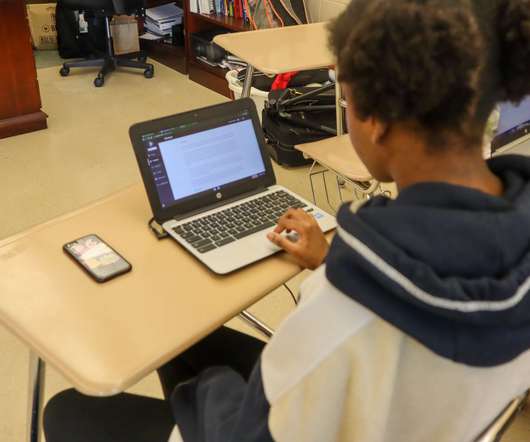Teaching Personal and Social Responsibility in Physical Education (Part Two)
The Physical Educator
MARCH 26, 2022
This is part two of my three-part blog post mini-series on the Teaching Personal and Social Responsibility (TPSR) model. Part Two: Nine Teaching Strategies That Support TPSR In The Classroom. Let’s take a deeper look at each one of those strategies and see what they can look like in a physical education context.













Let's personalize your content